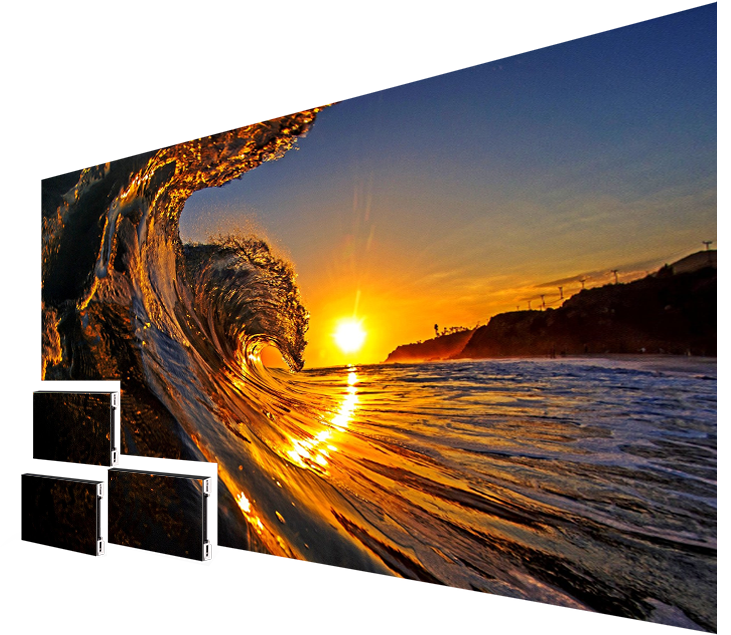Enhancing Aesthetic Effect Through Tactical Content Timing for LED Display Performance
Wiki Article
Maximizing aesthetic impact during LED wall shows requires careful preparation and tactical content scheduling. Light-emitting diode walls are potent instruments for visual storytelling, often utilized during musical events, gatherings, and presentations. The effectiveness of these screens depends not only only on the caliber of the visuals but also upon the manner plus timing they are presented. By understanding the audience's focus duration plus the flow of the occasion, organizers can craft a more engaging encounter that captivates spectators and improves the overall show.
One key aspect of strategic visual timing is timing. It is essential to align the images with the rhythm and pace of the performance. For example, during a music show, images should enhance the beat and mood of the melody. This alignment aids to create a cohesive encounter that pulls the audience in. Additionally, it is important to take into account the duration of each visual clip. Brief, impactful segments can sustain audience interest, while extended visuals may be suitable for moments of contemplation or sentimental bonding. By varying the length and intensity of the images, event planners can maintain the audience engaged during the performance.

Another crucial factor is the material in question. The visuals shown on the light-emitting diode screen should be relevant to the theme you can try these out of the show. This relevance helps to strengthen the message being conveyed and makes the encounter more unforgettable for the viewers. For example, if the performance is about environmental consciousness, using visuals that depict nature and wildlife can enhance the narrative. Furthermore, adding lively elements, such as animations or interactive graphics, can introduce thrill and keep the viewers' focus. The appropriate material, shown at the right time, can considerably elevate the impact of the performance.
Audience engagement is also a key factor in content timing. Understanding the demographics and tastes of the audience can guide the choice of visuals. For example, a younger crowd may respond better to vibrant hues and fast-paced animations, while an older audience might appreciate more nuanced and sophisticated images. By customizing the content to the viewers' preferences, organizers can craft a more tailored experience that resonates with viewers. Additionally, adding viewer involvement, such as real-time surveys or media engagements, can additionally improve involvement and render the show more interactive.
Finally, assessing the efficacy of the content scheduling is essential for future performances. Collecting feedback from the audience can offer insightful information into what was effective successfully plus what could be enhanced. This data can assist event planners improve their strategies and make informed decisions for upcoming events. By continuously assessing and adapting the content timing strategy, event planners can amplify the aesthetic effect of light-emitting diode screen performances and create unforgettable experiences for their viewers.